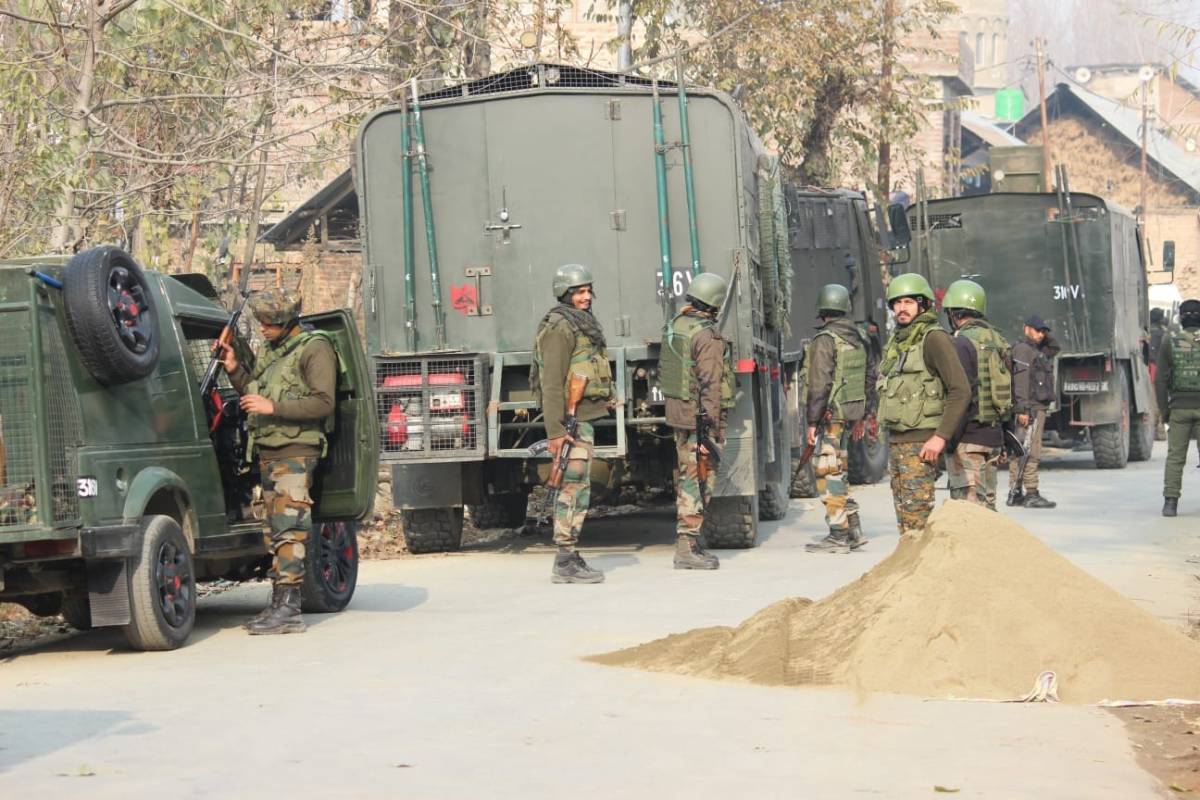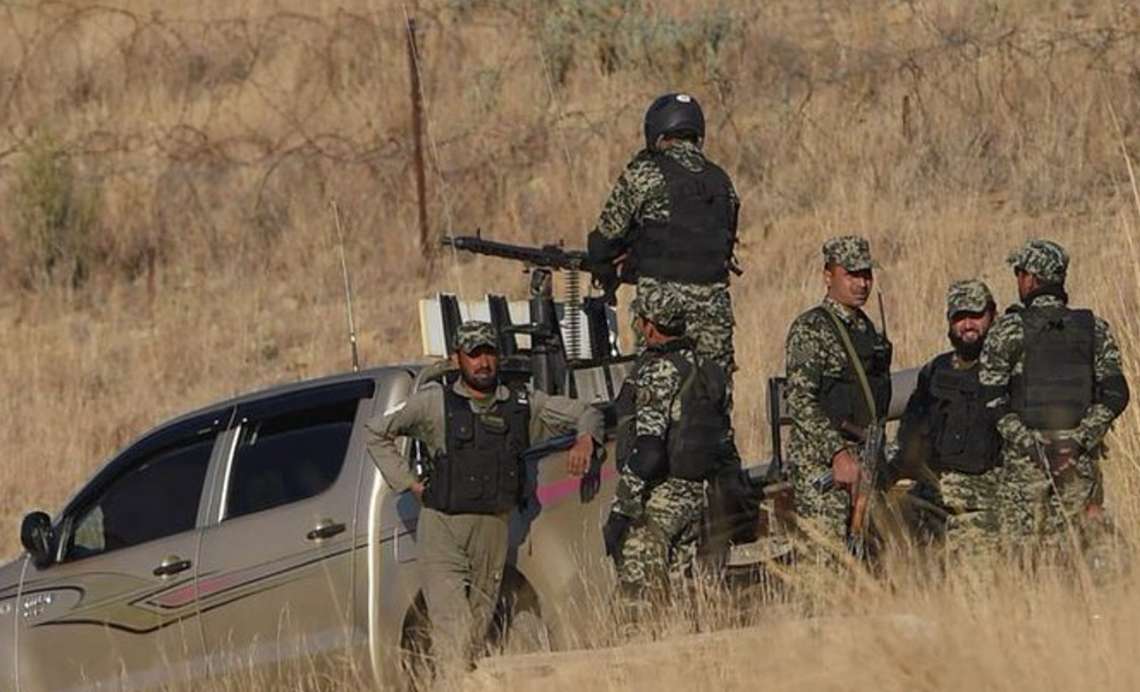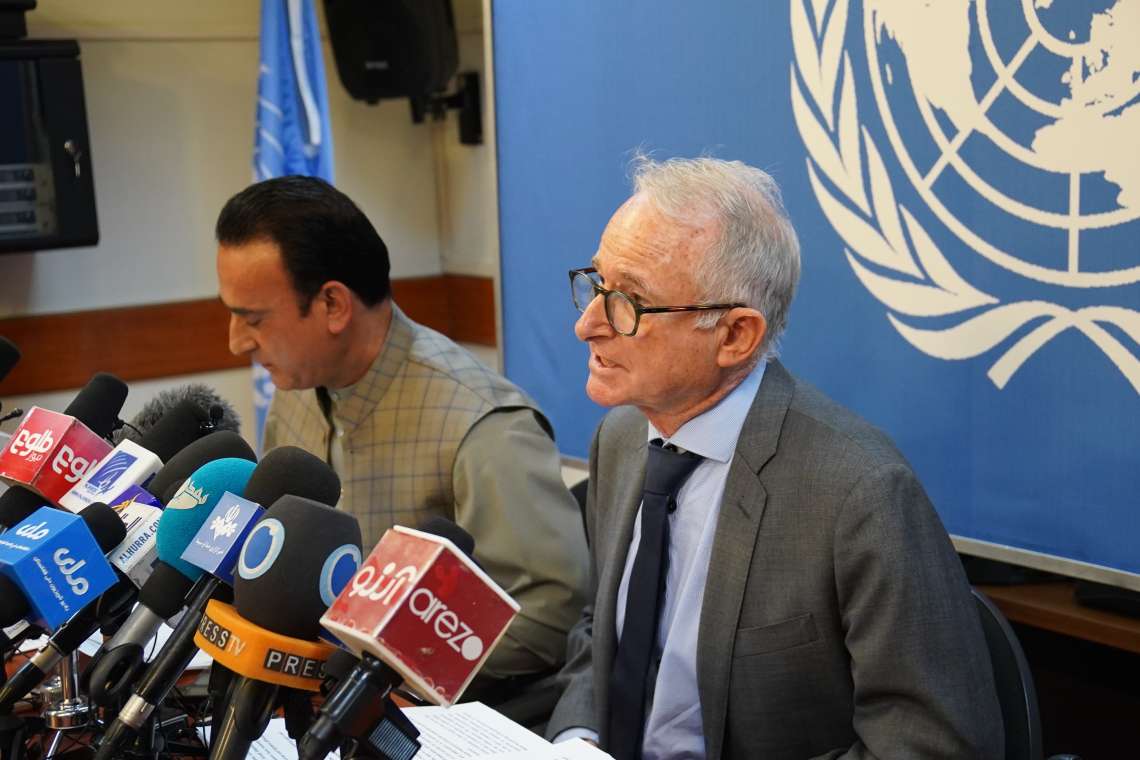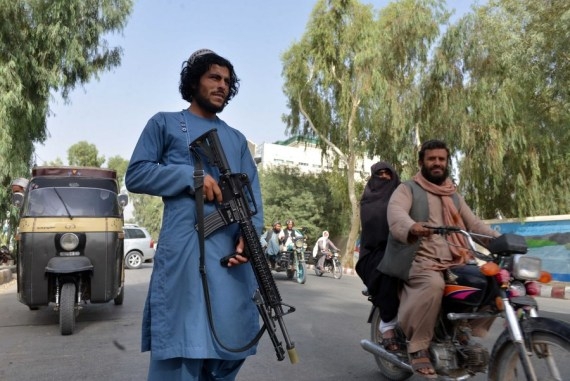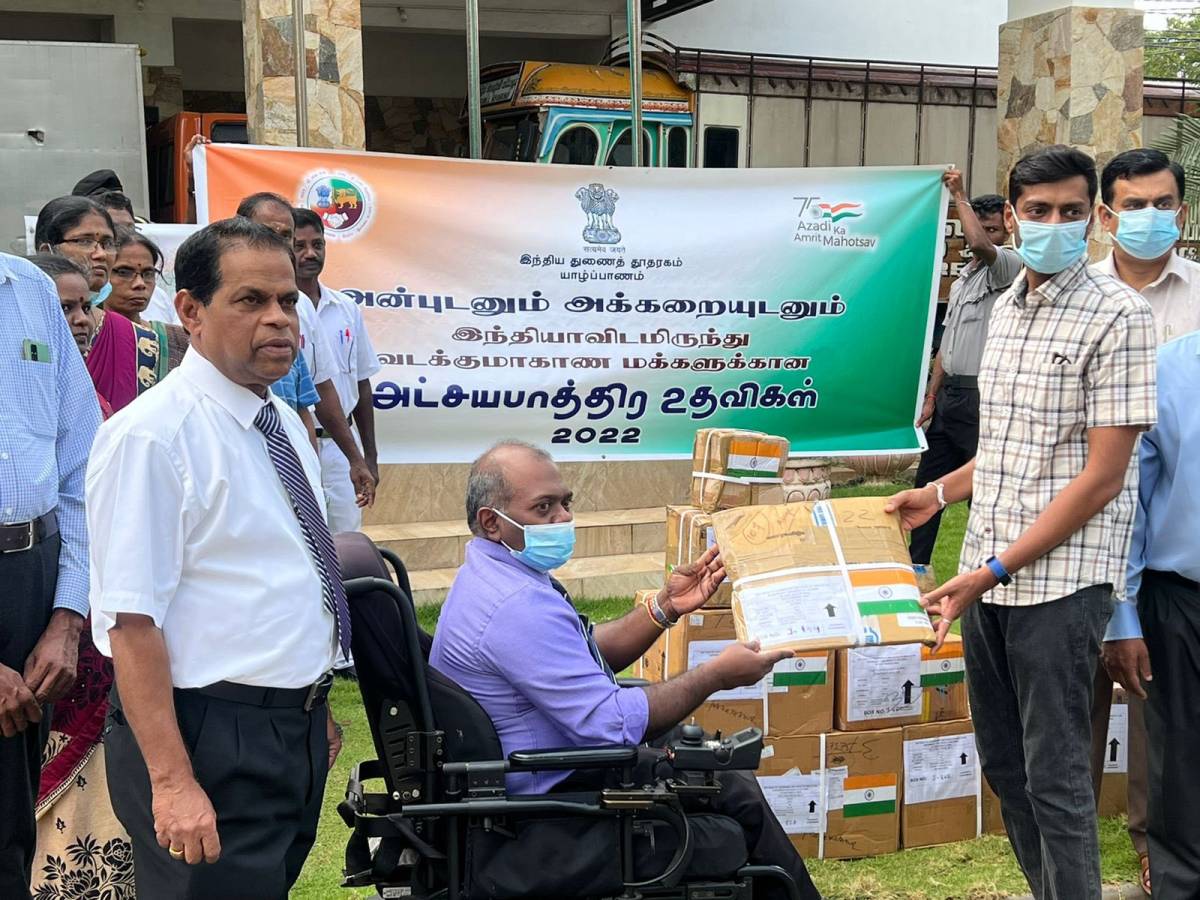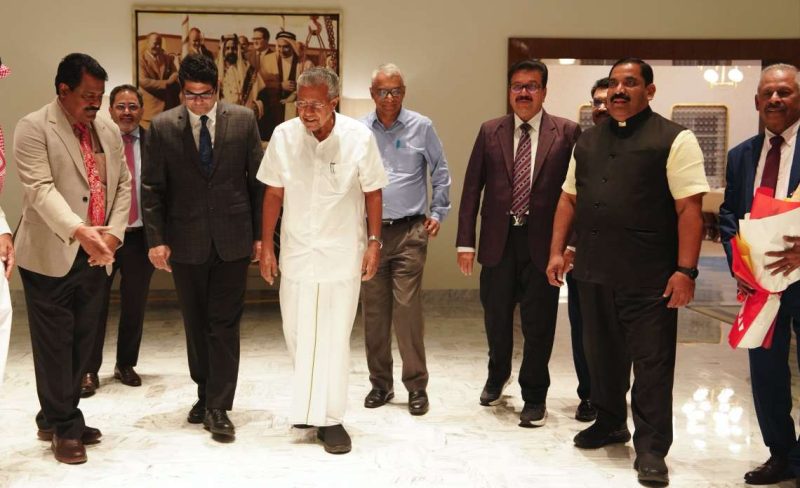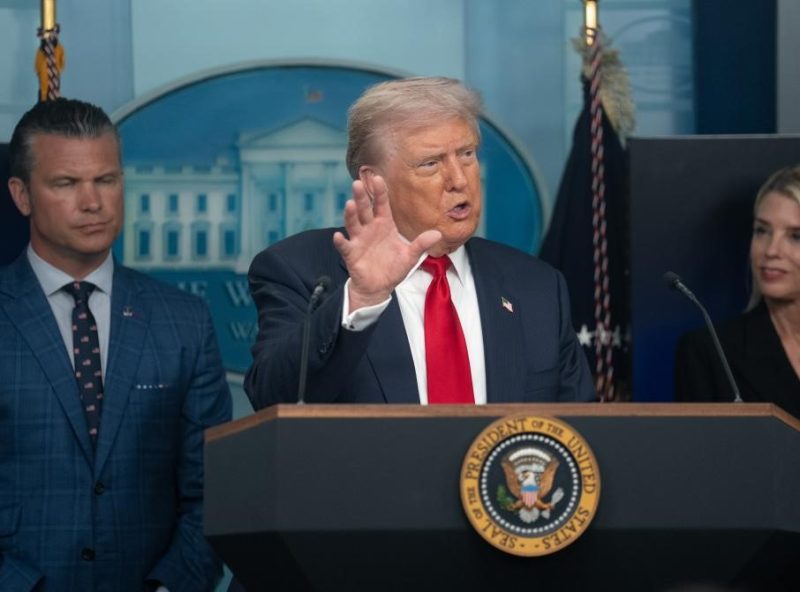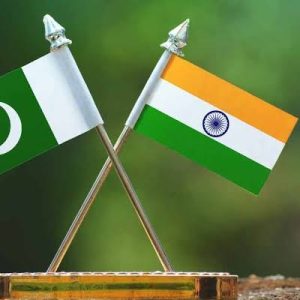‘Vazul Vaav’ are two Kashmiri words that mean ‘red wave’, which the intelligence agencies say is about bloodshed to create a scare similar to that of the late 1980s and 1990s, a report by Deepika Bhan
Some time back, intelligence agencies intercepted a coded message ‘Vazul Vaav’ from Pakistan to its supporters in Kashmir. It could have meant anything, but the spate of terror attacks proved the intent.
‘Vazul Vaav’ are two Kashmiri words that mean ‘red wave’, which the intelligence agencies say is about bloodshed to create a scare similar to that of the late 1980s and 1990s.
It was after 1987, when terrorism established its presence in Kashmir, that the minorities, Kashmiri Pandits in particular, were targeted. The message for them was clear, either convert or die or flee. Frequent kidnappings, assaults, harassment on the roads and in offices, killings and gangrapes had become the order of the day. Even the local media was publishing open and clear threats directed at the minorities.
If Pakistan succeeded in unleashing its designs three decades ago, it is attempting a similar ‘exercise’ through ‘Vazul Vaav’ this time. The modus operandi has changed and new terror tactics are being developed and enacted almost every day.
From attacking security establishments to targeted killings, from categorised terrorists to hybrid terrorists, and shifting from big guns to small arms, the new sinister design of Pakistan and its pawns in Kashmir is to unleash a new reign of terror. The tactic is to challenge and frustrate the security system and rattle the political establishment of the country.

Targeted Killings
The number of targeted killings has spiked after February 2021, when the son of the proprietor of Krishna Dhaba in Srinagar was shot in his restaurant. He died two days later.
Makhan Lal Bindroo, a 70-year-old Kashmiri Pandit, who remained in the valley even at the peak of terrorism in the 1990s, was gunned down in his shop in broad daylight on October 5, 2021. He was a popular chemist and philanthropist. His killing had shocked the valley. On the same day, a ‘non-local’ vendor and a local Kashmiri were killed at separate places in the valley.
Two days later, Supinder Kaur, principal of the Government Boys’ Higher Secondary School, Srinagar, and teacher Deepak Chand were gunned down inside the school after attackers checked their identity cards.
And this year, since January, 16 civilians have been killed. Of these, 10 were killed in the past 26 days. These include policemen, teachers and sarpanches.
The recent killing of government employee Rahul Bhat inside the office increased the fear factor, after which Kashmiri Pandit employees took to the streets seeking relocation.
Even as the government was assuring them, teacher Rajni Bala and a ‘non-local’ bank manager were shot dead.
As most of the attacks were carried out against Hindus, panic has struck the minorities. Employees from the minority community have been demanding relocation. Many Kashmiri Pandits, who had gone back to the valley, have started leaving once again.
Yatras Next?
As ‘Vazul Vaav’ is being seen as the call for more bloodshed, the annual Amarnath Yatra and Khir Bhawani Mela can also come under attack. Security agencies have neutralised several terrorists and confiscated arms and ammunition from them in the past few weeks, but the killings continue.
Lakhs of pilgrims are expected to visit the holy Amarnath Cave this year and apprehensions are that attempts may be made to create disturbance.
The Khir Bhawani Mela is an important festival for Kashmiri Pandits, who visit the temple in Ganderbal every year. The mela attracts thousands of displaced Kashmiri Pandits. Since the terrorists have been attacking the community members this year, fears are that this mela may also be targeted.
In a meeting at the Union Home Ministry, additional measures. including the deployment of additional Army units, central forces, drones, and positioning snipers along the route, were planned.

Pistols Replace Stones
In all the targeted killings that have taken place so far, mainly small arms have been used. And the attackers have mostly been local Kashmiris.
Before August 5, 2019, when the abrogation of Article 370 happened, stone pelting was a daily occurrence. Young boys in the valley were paid for this and pelting stones as well as raising Pakistan and IS flags were a daily routine.
When Mehbooba Mufti resigned as J&K Chief Minister after the BJP withdrew support from the coalition on June 19, 2018, she said that her government had withdrawn cases against 11,000 youngsters, most of whom were stone pelters.
After demonetisation in November 2016 and the abrogation of Article 370 on August 5, 2019, the valley had seen a drastic reduction in stone pelting incidents and other forms violence.
But now, the spell of peace is once again being shattered. Stones have been replaced by pistols. The use of small arms is the new modus operandi of terror groups.
This change of tactic has happened after the terrorists failed to hit any big security establishment. The method is clear — select a target, carry a pistol, use a bike and mingle with people after executing the crime. Small weapons such as pistols are easy to carry for terrorists and after carrying out the target attack they slip into the public, who help them escape.
The killers of Rahul Bhat or Amreen Bhat or others could have been caught, had the people, including colleagues or neighbours, shouted out and alerted the security pickets nearby.
Along with the strategy to go for targeted killings and use small arms, now it is the hybrid terrorist who is carrying out the ‘missions’. Intelligence agencies say this is a new plot hatched in the neighbouring country.
Hybrid terrorists are those who have no prior history of having committed a crime, but have been radicalised. They are all local residents with valid identity cards, who have a support system around them, which makes it that much harder for the security agencies to track them down.
There is no exact number for these hybrid terrorists, who strike at will and then go back to routine activities.
Pakistan’s Gameplan
As intercepts from Pakistan have pointed, the new designs of the neighbouring country are being enacted with precision to create mayhem in the valley.
Kashmir has been seeing record tourist traffic, big investment proposals and a declining support to the Hurriyat Conference and similar organisations. This has unnerved the establishment in Pakistan and hence the change in the proxy war tactics that it has been pursuing for decades.
For the past few years, Pakistan has been regularly using drones for supplying weapons and drugs. For instance, on May 29, a Pakistani drone, carrying seven magnetic bombs and as many Under Barrel Grenade Launchers (UBGL) was shot down in Jammu and Kashmir’s Kathua district shortly after it crossed into the Indian side from across the International Border.
The security forces have been able to unearth large quantities of arms and ammunition in Kashmir from time to time. And the nature of weapons is changing — from big guns to pistols that are easy to carry and hide.
On May 23, security forces recovered 15 pistols, 30 pistol magazines and 300 rounds, along with one silencer, in Srinagar’s Chanapora neighbourhood. Earlier, on April 19, security forces recovered a huge cache of pistols and grenades in Kupwara. The haul included 10 pistols, 17 pistol magazines, 54 pistol rounds and five grenades.
With the rise in the number of terror killings, the Centre is mulling a change in the security setup in Kashmir, but the stark reality is that the terror mechanism has been updating itself from time to time. Pakistan’s ‘Vazul Vaav’ has created its desired effect and this time too it seems to be leading to a sense of despondency among the people of Kashmir as seen three decades ago.


